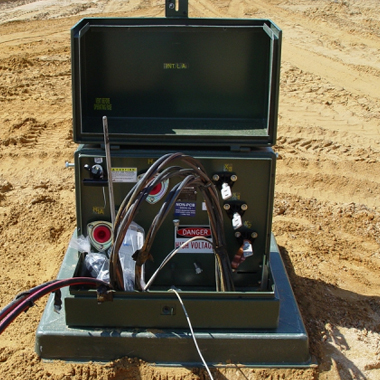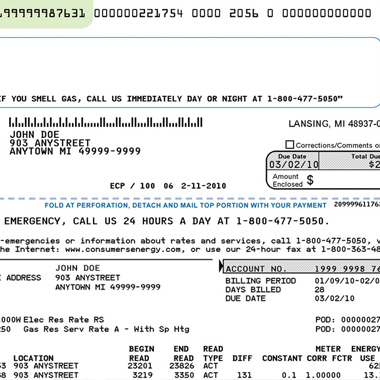
Categories
- All (57)
- Uncategorized (4)
- Sustainability (1)
- Engineering (25)
- Fundamentals (12)
- Services (11)
- Tenant Coordination (3)
- Facility Operations (5)
- Energy Solutions (3)
Tags
- All (57)
- HVAC (3)
- Safety (5)
- Retail Design (1)
- National Electric Code (2)
- Fire Protection Agency (2)
- Electrical Engineering (15)
- Mechanical Engineering (11)
- Boiler Room (5)
- Expansion Tanks (1)
- Equipment Layout (1)
- Calculations & Formulas (3)
- Rules of Thumb (1)
- NEC (1)
- Workplace (1)
- Facility Operations (7)
- Lighting (4)
- Kitchen (1)
- Energy Audit (1)
- fire protection (1)
- Plumbing (2)
- Restroom (1)
- Right-Sizing (4)
- Code (1)
- Vs. (1)
- ADA (1)
- Universal Design (1)
- Grease (1)
- Bid Documents (1)
- Before You Build (1)
- Air Conditioning (4)
- LEED (2)
- Water Treatment (2)
- Odor Control (2)
- Food Court (1)
- Restaurant (1)
- Tenant Coordination (15)
- Piping (2)
- Products (1)
- Energy (1)
- Commissioning (1)
- Leasing (1)
- Curb Adapter (1)
- Rooftop (1)
- Central Plant (2)
- Comfort Issues (1)
- Circuits (1)
Archives

Electrical Engineering | Clearances for Pad-Mounted Transformers
Posted in Engineering
Many buildings are located in developments, or on sites with underground electrical and tele/data/cable utilities. While the underground services eliminate unattractive overhead pole lines, cabling and transformers, the installation of utility company transformers presents challenges of a different sort. Utility company transformers are large, generally green in color, and can range from a small box […]
read more

How to Reduce Electricity Costs Ahead of Rate Increases
Posted in Engineering, Energy Solutions
Sometimes, it can be difficult to understand changes on your electric bill and even harder to determine what you can do to bring monthly costs down. TES Engineering recently attended a seminar that discussed First Energy rate structures and the company’s planned impending rate increases. In this blog post, we hope to break down the […]
read more

Comfort Issues: Get the Correct Correction
Posted in Facility Operations
Many spaces on the same HVAC system experience comfort issues: Either it is too hot, too cold, or sometimes a mixture of the two. If a client asks you about this type of problem, airflows are likely to be the cause—but calling a contractor to perform an air balance isn’t the first step of the […]
read more

Closed Loop Water Treatment
Posted in Engineering
In a central plant system, there are two types of water piping loops: closed and open. An open loop is from the chiller to the cooling tower. As the water flows through the tower, it is open to the atmosphere. Because of evaporation at the cooling tower, city water is introduced to replace the evaporated […]
read more

What’s a Watt? (And Other Electrical Fundamentals)
Posted in Fundamentals
Basic electrical calculations involve three parameters, volts, amps and watts. Volts Here in the United States, we design according to specific voltages provided by our utility companies. In residential construction, we often have 120/240V, single phase, 3-wire, while in commercial construction we typically have 120/208V, 3 phase, 4-wire or 277/480V, 3 phase, 4-wire (although older […]

 Previous STORY
Previous STORY